Understanding H1–H5 Designations in Treated Timber: A Comprehensive Guide
Introduction
Preservative-treated timber is a critical material in construction, landscaping, and DIY projects. From framing a cozy indoor loft to building robust outdoor decking and structural posts, the right treatment ensures longevity, safety, and performance. Yet when you pick up treated timber, you’ll often see a code—H1, H2, H3, H4, or H5—stamped on the end grain. These are the Hazard Class designations defined by industry standards, and they specify exactly where and how that timber can be used.

In this in-depth guide, we’ll explore:
- What Hazard Classes are and why they matter
- The environmental exposure and preservative retention for each class
- Real-world applications and best practices for H1–H5 timber
- Tips for cutting, sealing, and maintaining treated wood
- How to align your project requirements with the correct H-class
By the end, you’ll have a clear roadmap to selecting the ideal treated timber for any scenario—avoiding premature decay, minimizing replacement costs, and ensuring structural integrity.
What Are Hazard Classes and Why They Matter
Hazard Classes categorize treated timber based on the severity of biological threats (fungal decay, termites, marine borers) and moisture exposure in its service environment. Each class corresponds to:
- A test environment (e.g., buried in soil, exposed to weather)
- A minimum preservative retention required to resist that hazard
- Permitted applications (interior, above-ground, in-ground)
Key Benefits of Correct Classification
- Longevity: Ensures the timber outlasts untreated alternatives by resisting rot and insects.
- Safety: Prevents structural failures due to decay in load-bearing elements.
- Cost-efficiency: Avoids over-specifying expensive high-retention treatments where they aren’t needed.
- Compliance: Meets building codes and warranty requirements.
Analogy: Choosing a Hazard Class is like picking the right SPF sunscreen—you wouldn’t use SPF 15 for a day at the beach (H5 environment), nor would you pay for SPF 50 if you’re indoors (H1).
Detailed Breakdown of H1–H5
H1: Interior, Insect Protection Only
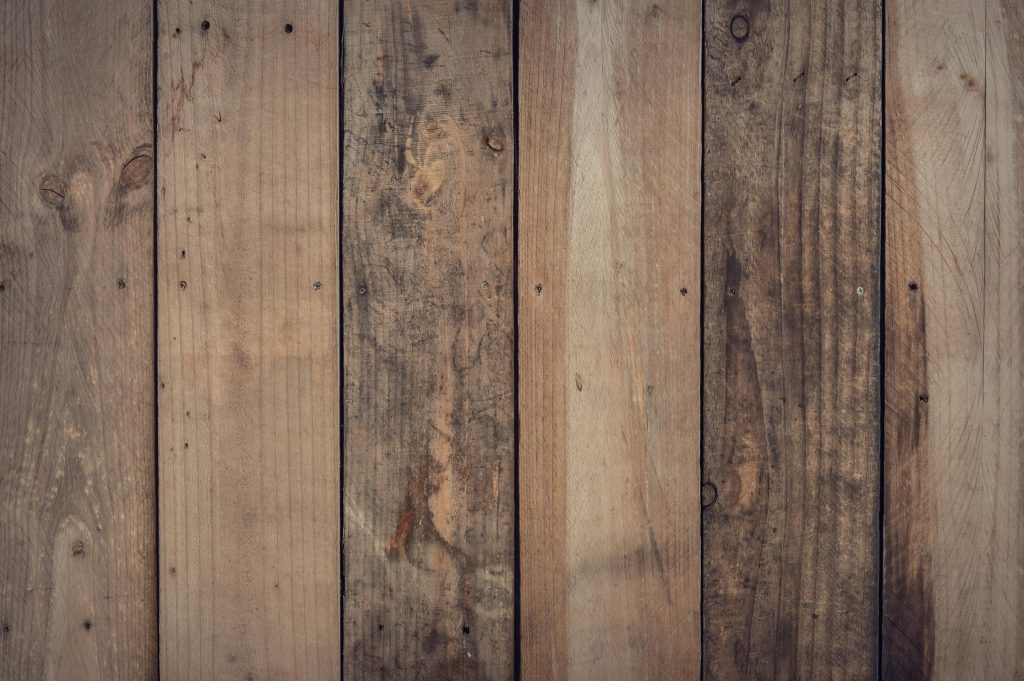
- Environment: Dry, protected indoor spaces (ceilings, wall linings).
- Threats Addressed: Wood-boring insects (e.g., furniture beetle), not fungal decay or termites.
- Preservative Retention: Lowest level; meets requirements for insect protection in seasoned timber.
- Typical Uses: Decorative ceiling battens, mouldings, joinery sub-assemblies.
Use Case: Installing ornate ceiling beams in a climate-controlled living room—fungal decay is not a concern, but wood-borers in seasoned stock are common.
H2: Interior, Includes Termite Protection
- Environment: Indoor areas that may experience occasional moisture but remain sheltered from direct weather.
- Threats Addressed: Wood-boring insects and subterranean termite attack.
- Preservative Retention: Higher than H1; sufficient to deter termites under dry conditions.
- Typical Uses: Subfloor joists in humid climates, internal bearers over a crawl space, timber framing in older buildings.
Use Case: Floor joists in a coastal home’s crawl space, where occasional ground dampness and termite presence necessitate added protection.
H3: Exterior, Above-Ground Use
- Environment: Outdoor, above-ground installations exposed to rain and humidity but not in direct contact with soil.
- Threats Addressed: Moderate fungal decay from wet/dry cycles and termite damage.
- Retention Sub-Classes:
- H3A: Protected external (under cover, e.g., verandas)
- H3B: Unprotected external (full exposure, e.g., open decking)
- Typical Uses: Deck boards and joists, cladding and fascia, garden furniture and pergolas.
Use Case: A backyard deck exposed to rain—H3B ensures the timber weathers the elements without rotting prematurely.
H4: Exterior, In-Ground Contact (Non-Structural)
- Environment: Timber in direct contact with soil or fresh water but not bearing structural loads.
- Threats Addressed: Severe fungal decay, termites, soil-dwelling organisms.
- Preservative Retention: High retention levels to withstand continuous moisture.
- Typical Uses: Garden bed sleepers, retaining wall planks, fence paling bottoms.
Use Case: Landscaping sleepers in a vegetable garden—constant soil moisture and microbial activity require H4’s robust protection.
H5: Exterior, In-Ground Structural Use
- Environment: Structural elements buried or in ground contact, supporting loads.
- Threats Addressed: Very severe decay, termite attack under high soil moisture.
- Preservative Retention: Highest retention, specified for critical structural performance.
- Typical Uses: Fence posts supporting gates, pergola posts set in concrete footings, retaining wall posts bearing earth loads.
Use Case: A pergola’s vertical posts embedded directly in soil—H5 treatment ensures decades of support without rot.
Matching H-Class to Your Project
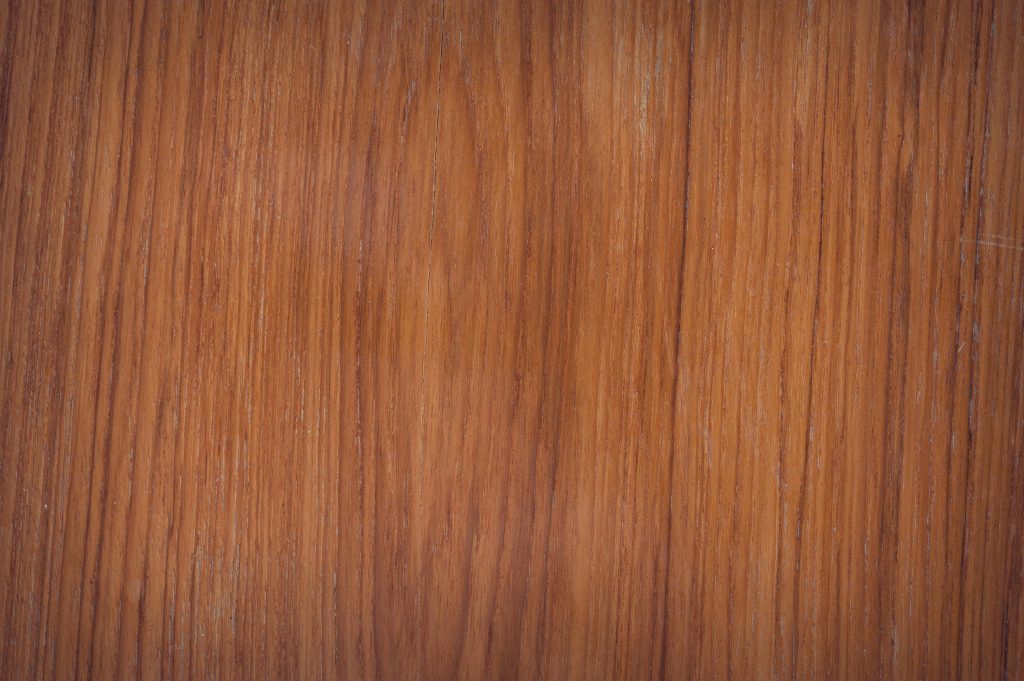
- Identify Exposure Conditions
- Indoor vs. outdoor
- Above-ground vs. in-ground
- Load-bearing vs. decorative
- Consult Local Standards
- Refer to your region’s building code for any supplementary requirements.
- Avoid Under-Specifying
- Never use H3 or below for ground-contact applications.
- Avoid Over-Specifying
- Don’t choose H5 for above-ground decking; extra preservative retention adds unnecessary cost.
| Project Component | Exposure Condition | Recommended H-Class |
|---|---|---|
| Indoor ceiling joists | Dry, indoor | H1 |
| Subfloor framing | Indoor, termite-prone | H2 |
| Deck boards / pergola roof | Outdoor, above ground | H3B |
| Garden bed sleepers | In-ground, non-structural | H4 |
| Fence / pergola posts | In-ground, structural load | H5 |
Best Practices for Cutting, Sealing, and Maintenance
- Seal Cut Ends Promptly: Cutting treated timber exposes untreated heartwood—apply an end-grain sealer immediately.
- Regular Inspections: Check for physical damage or wear—especially in H3 and H4 installations.
- Elevate H3 Elements: Avoid direct soil contact by using concrete footings or plastic post bases.
- Use Compatible Fasteners: Stainless or hot-dip galvanized nails and screws to prevent corrosion.
Expert Insight:
“Sealing end grains after cutting extends service life by up to 30%. It’s a small step that pays dividends in high-moisture applications.”
— Mark Douglas, Arborist & Timber Consultant
Sustainability and Health Considerations
- Preservative Options: CCA, ACQ, copper azole, borates.
- Low-Toxicity Alternatives: Borate treatments for H3, micronized copper systems.
- Disposal: Treated timber must not be burned—follow local recycling or disposal guidelines.
Conclusion
Understanding H1 through H5 designations in treated timber empowers you to:
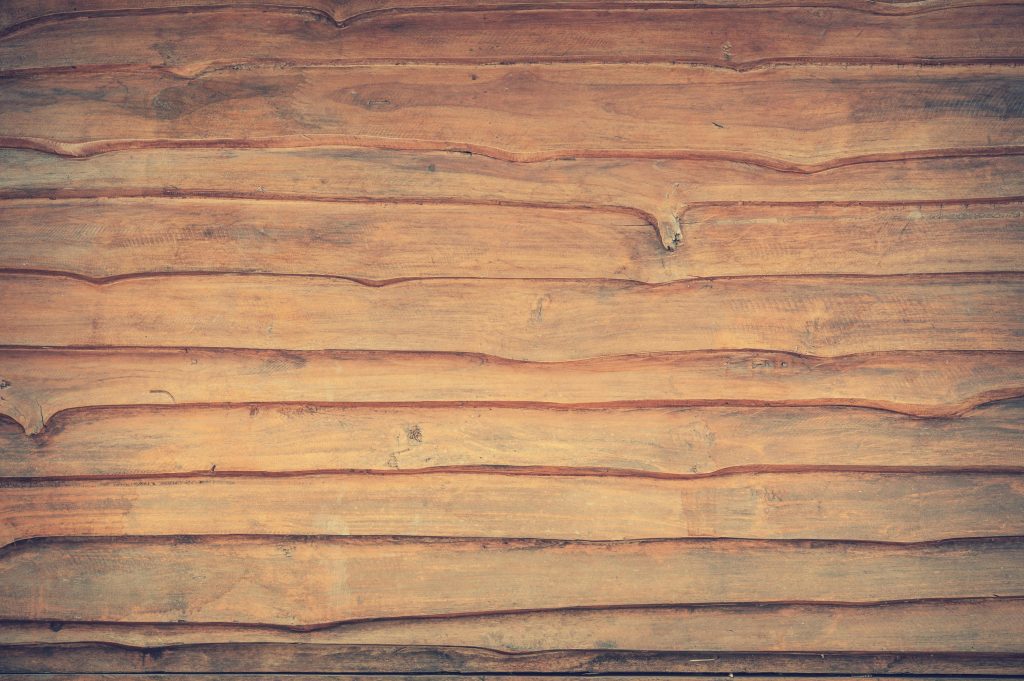
- Choose the right preservative retention for any exposure
- Match material performance to structural and environmental demands
- Optimize cost and longevity without guesswork
From dry indoor joists (H1) to load-bearing ground posts (H5), each Hazard Class serves a clear purpose. By aligning your project’s conditions with the correct H-class—and following best practices for cutting, sealing, and fastener selection—you’ll build with confidence in the durability and safety of your timber structures.
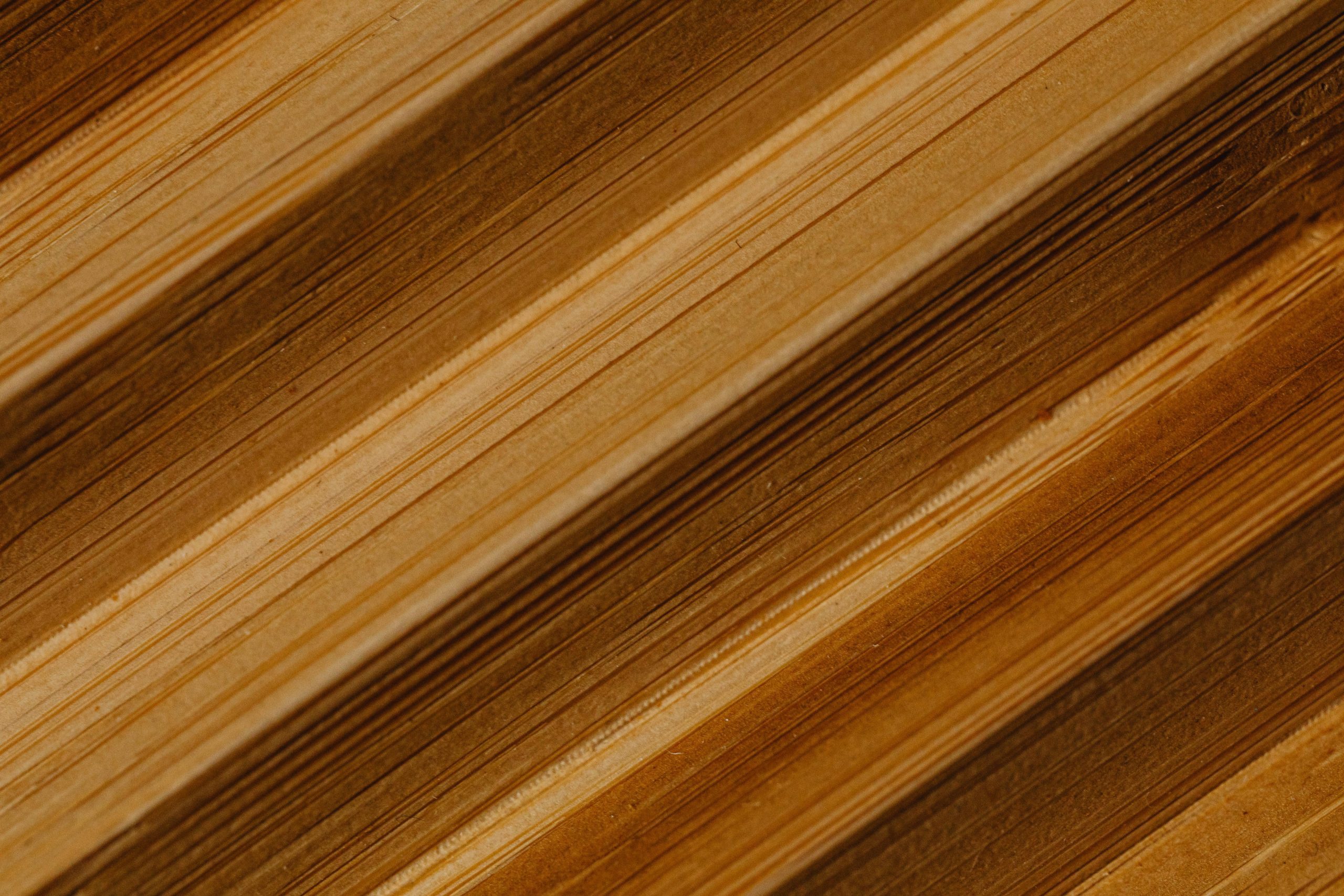

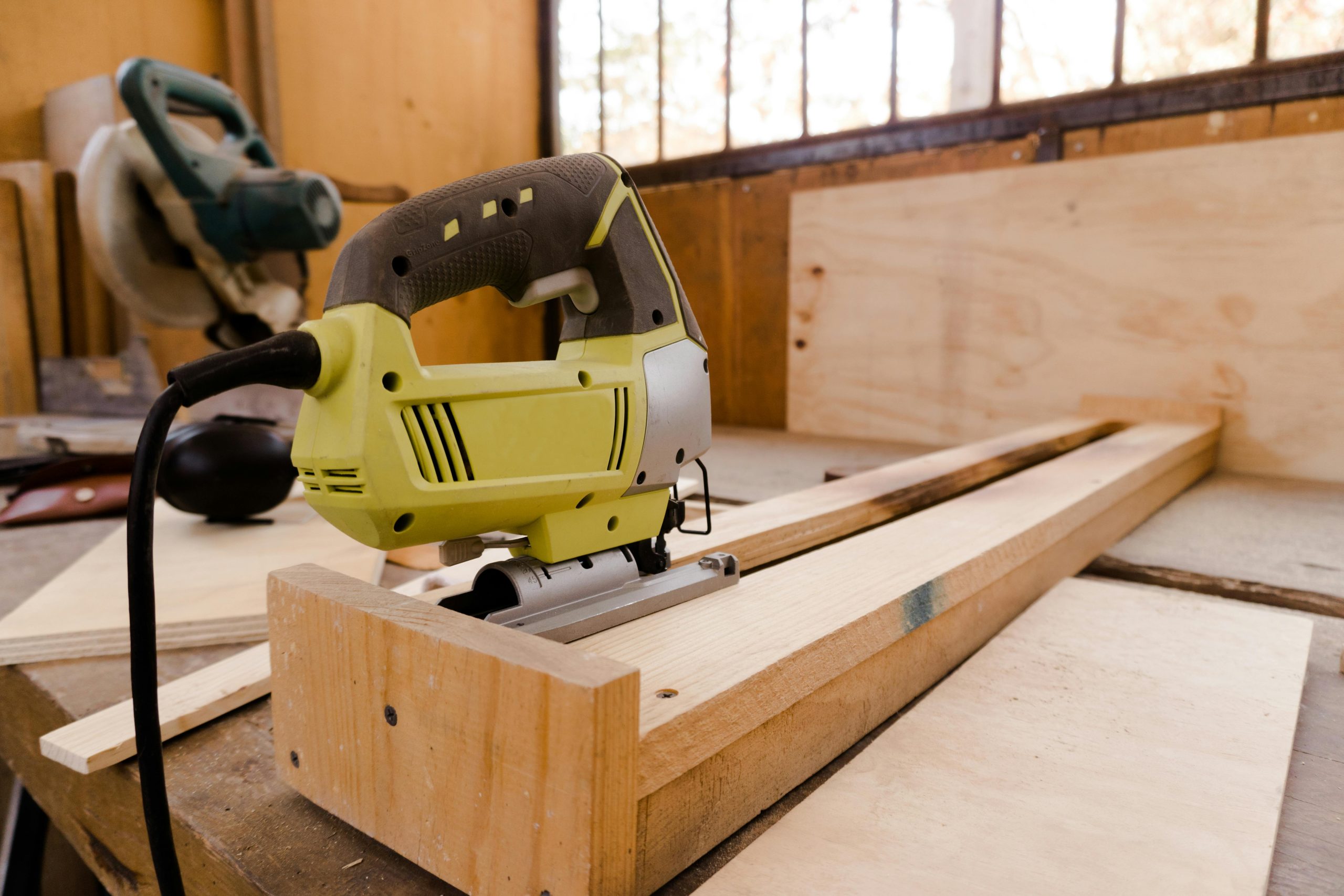
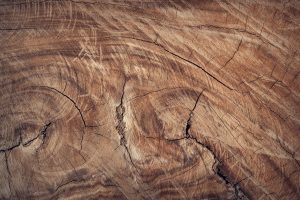

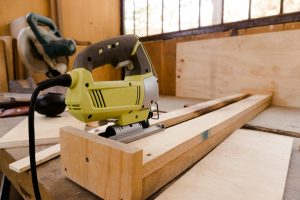

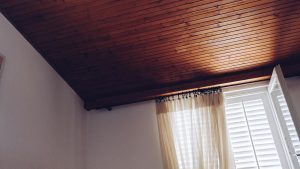



Post Comment